Latest
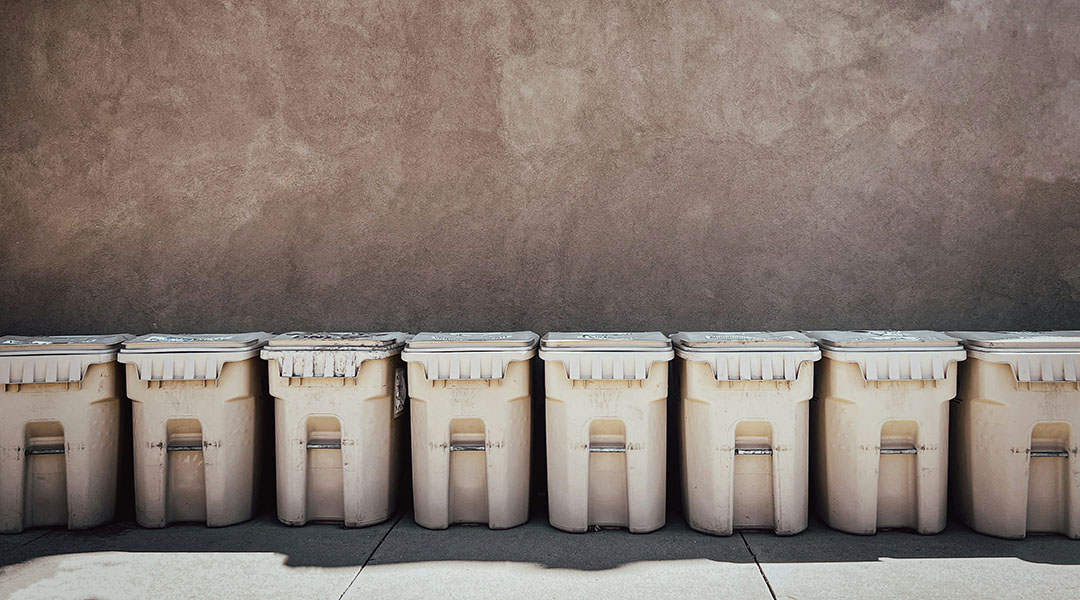
Scientists report airborne bacteria found in garbage may age our blood vessels
Pathogenic bioaerosols detected at household garbage collection sites may contribute to vascular aging with high chronic exposure.

Autonomous robot swarms come together to perform a variety of missions
Researchers have developed an optimization program to design the behavior of small e-puck robots to allow them to work in unison.
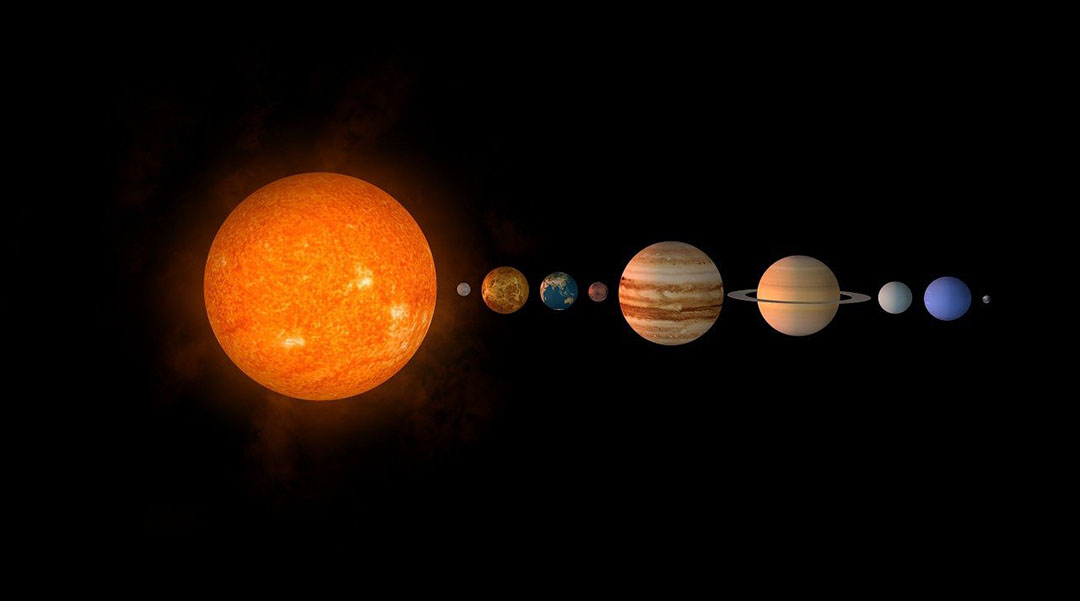
Samples recovered from Ryugu asteroid reveal how our solar system formed
An ancient magnetic field drew matter inward and helped form our solar system’s planets, moons, and asteroids.

Liver protein linked to weight loss during intermittent fasting
The protein helps convert white fat tissue into calorie-burning beige fat, providing a potential target for weight loss and obesity treatments.
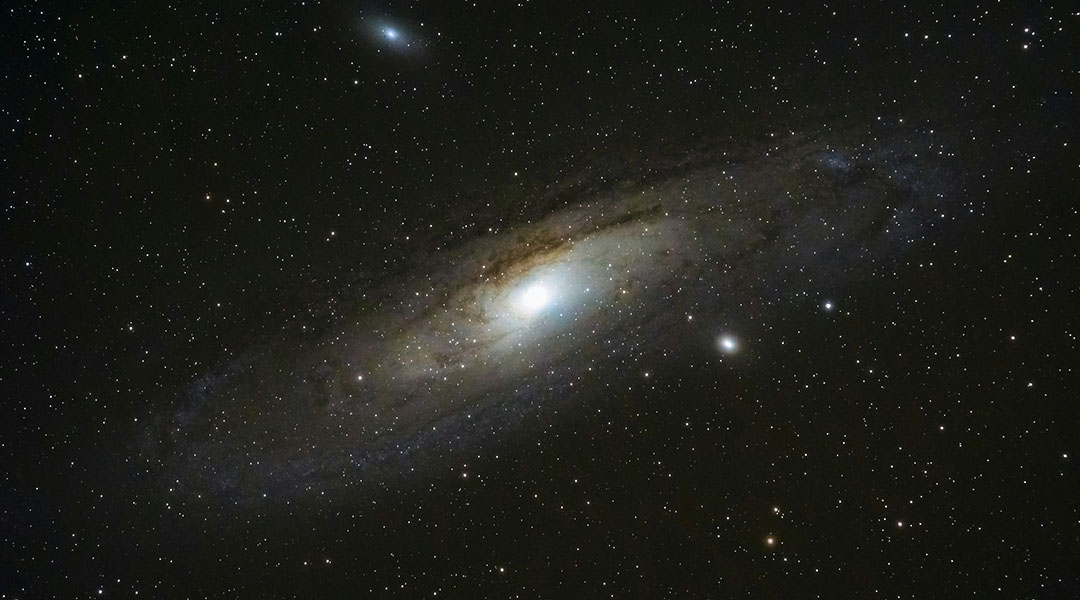
Fast radio bursts lead scientists to the origins of magnetars
Links to observational data may have revealed the nature of magnetars and the origins of their extreme magnetic fields.
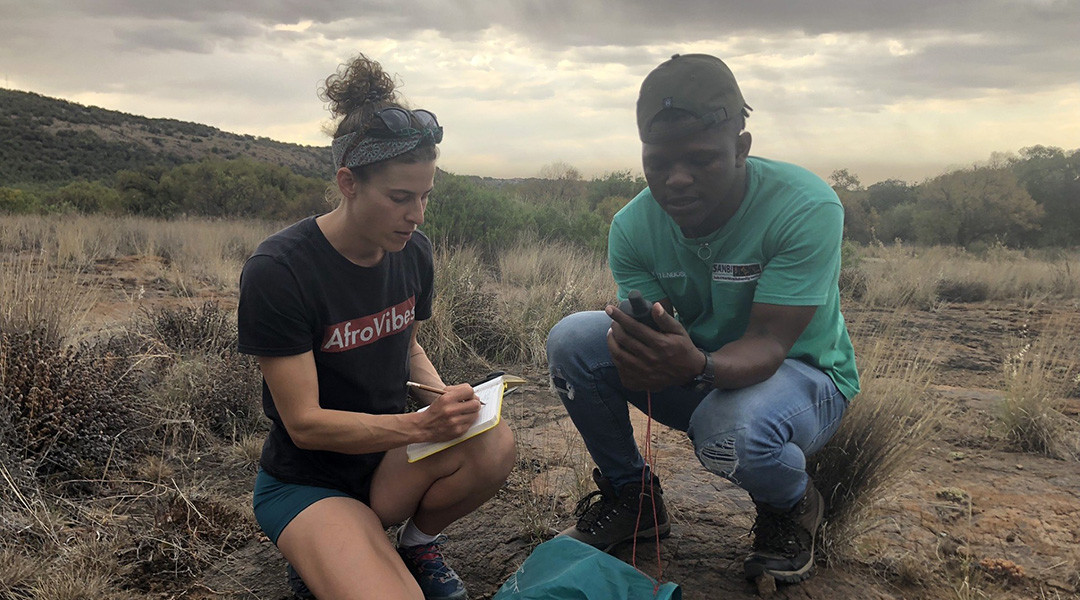
Rose Marks, a botanist studying resurrection plants
Rose Marks uses her climbing skills in remote regions of South Africa to study how water-deprived plants might help develop drought-tolerant crops.
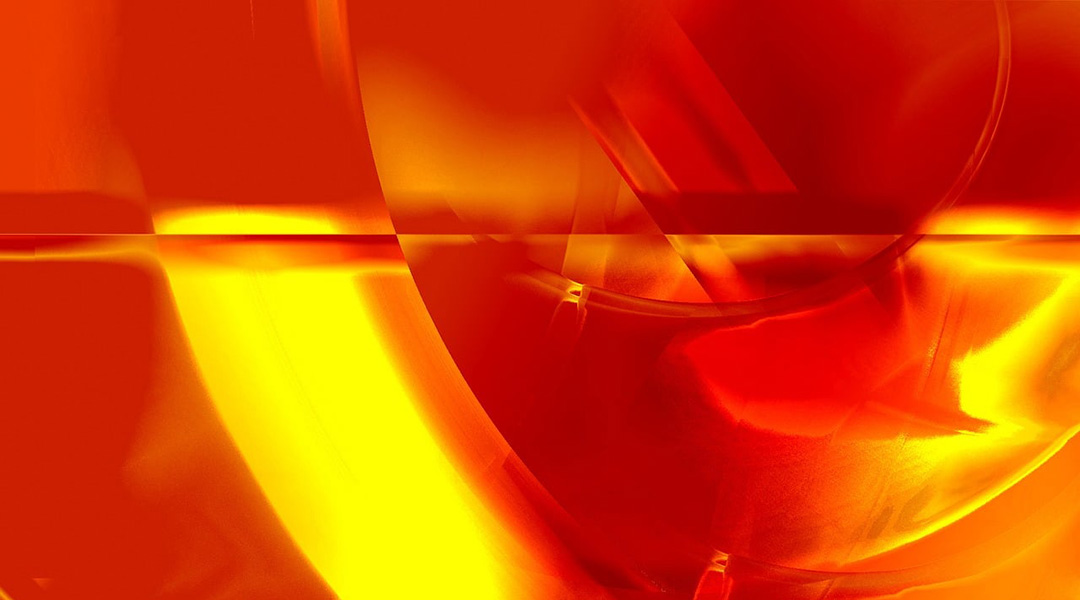
Scientists observe spontaneous liquification of a metal
Something unexpected happened when atoms of gallium were observed to spontaneously transition from solid to liquid and back again.
ASN Weekly
Sign up for our weekly newsletter and receive the latest science news directly to your inbox.
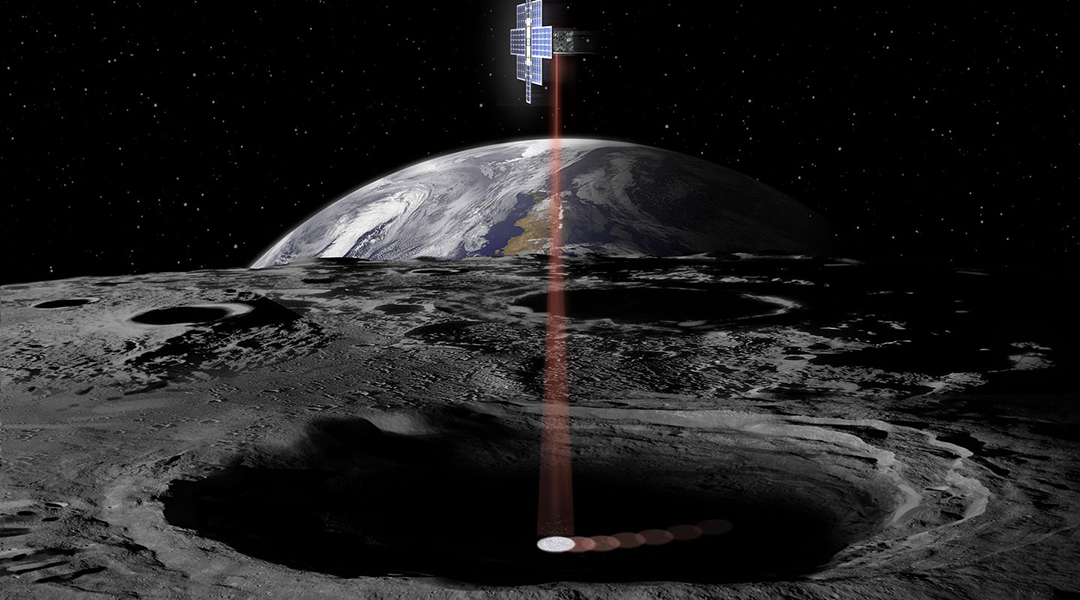
NASA’s Lunar Flashlight Spacecraft may be in deep space trouble
Three of the briefcase-size satellite’s thrusters are underperforming, jeopardizing its journey to the Moon.

Global heating may be fast and sudden—and current climate models don’t predict it
A new study shows that even after millennia of apparent climate stability, global temperatures might suddenly increase at dramatic speeds.
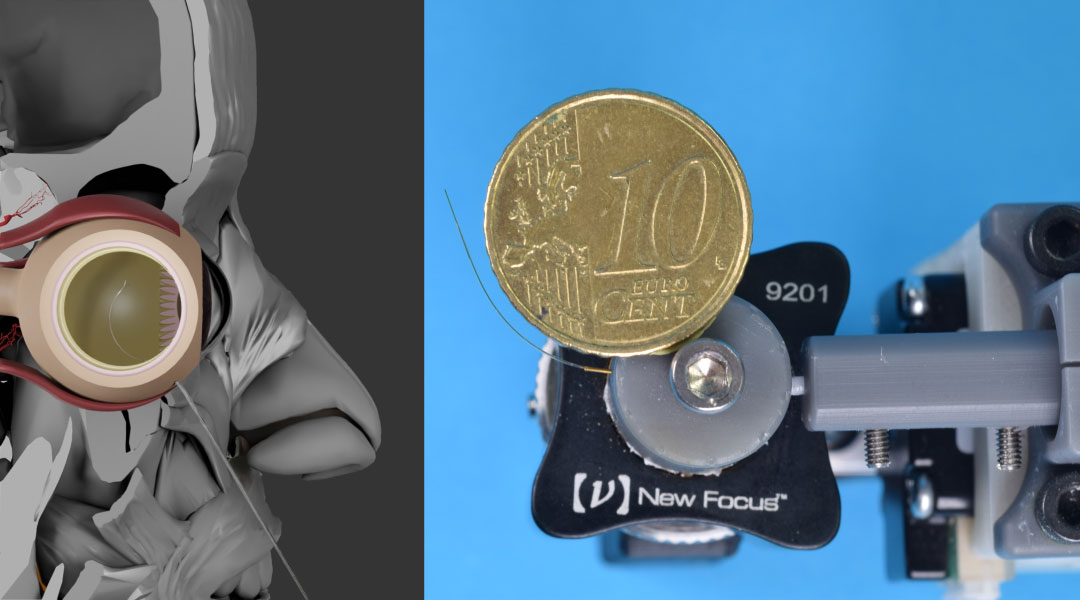
Caturo: The smallest concentric tube robot ever made
Scientists have high hopes for a tiny glass tube robot in improving the capabilities and safety of robots used in non-invasive microsurgeries.
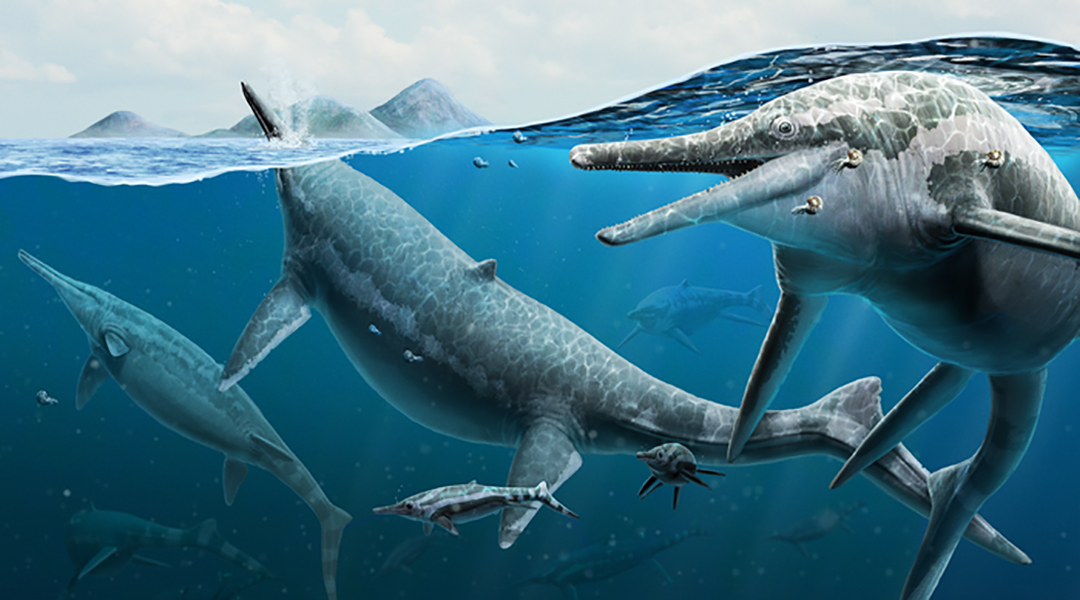
Nevada’s ichthyosaur graveyard: Shedding light on a prehistoric mystery
Nearly 200 million years before modern whales, school bus-sized marine reptiles called ichthyosaurs may have been making similar migrations to ancient breeding grounds.
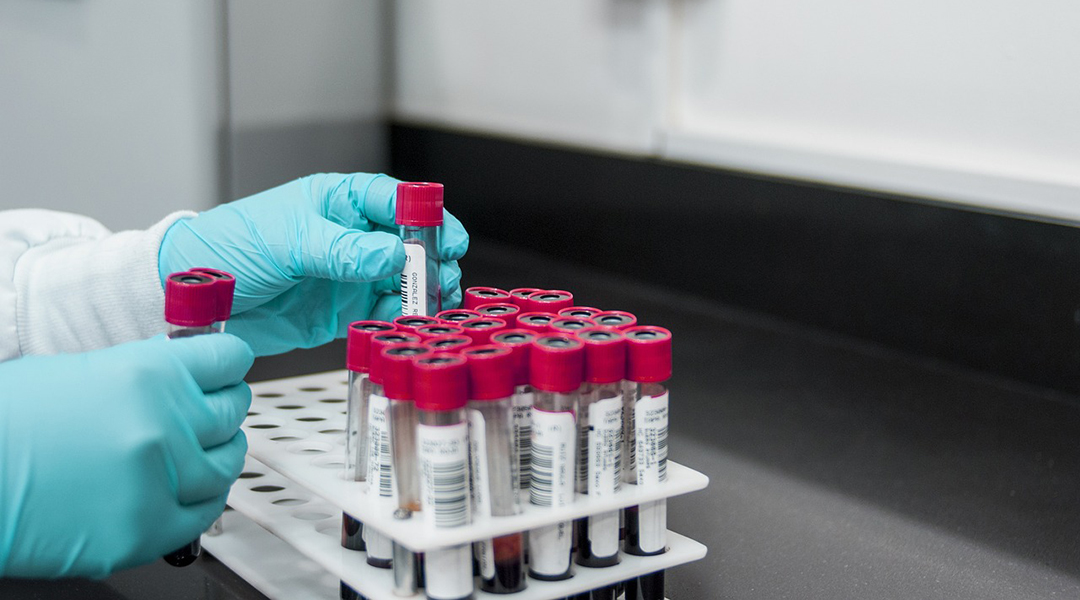
New blood test to diagnose Alzheimer’s disease via brain-derived protein
A sensitive blood test has been developed to detect a protein biomarker of Alzheimer’s disease known as brain-derived tau.

Thermal management material a step towards zero-energy heating and cooling
Reversible fabric for heating and cooling lowers the cost of indoor climate control and reduces CO2 emissions.

Scientists test the link between tiny subconscious gestures and stress
Capable of measuring stress through micro gestures “EmoSense” could find its way to wearable electronics in the future.

Using machine learning to tame plasma in fusion reactors
For fusion reactions to become practical, parameters such as plasma density and shape must be monitored in real time and impending disruptions responded to instantly.
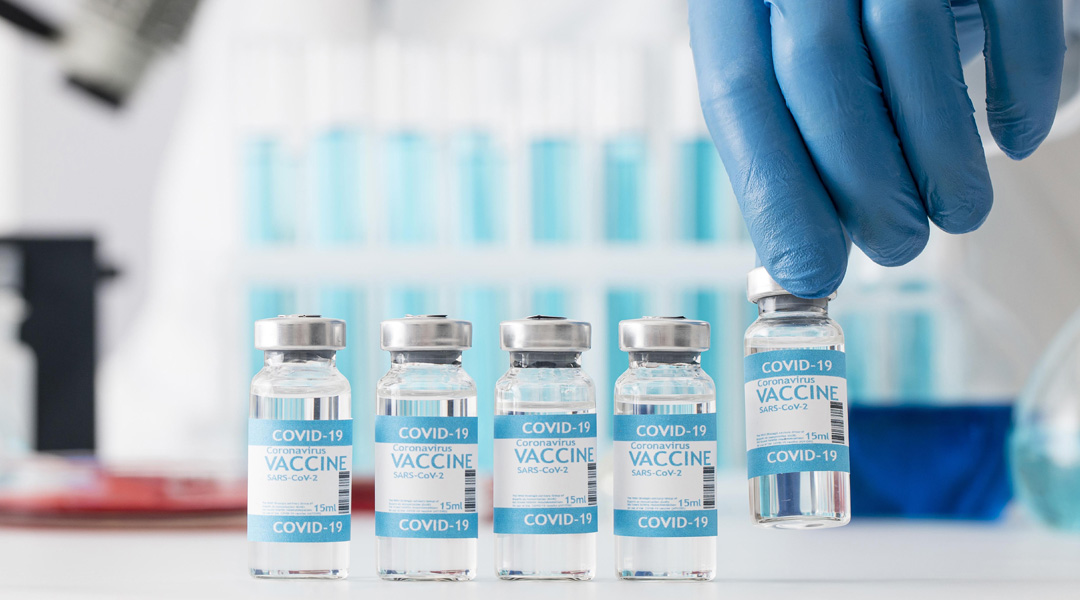
Dissolvable microneedles that may ease vaccine hesitancy
Researchers are working to decrease the patient discomfort experienced during vaccination
No Results Found
The page you requested could not be found. Try refining your search, or use the navigation above to locate the post.
No Results Found
The page you requested could not be found. Try refining your search, or use the navigation above to locate the post.
No Results Found
The page you requested could not be found. Try refining your search, or use the navigation above to locate the post.
No Results Found
The page you requested could not be found. Try refining your search, or use the navigation above to locate the post.
No Results Found
The page you requested could not be found. Try refining your search, or use the navigation above to locate the post.
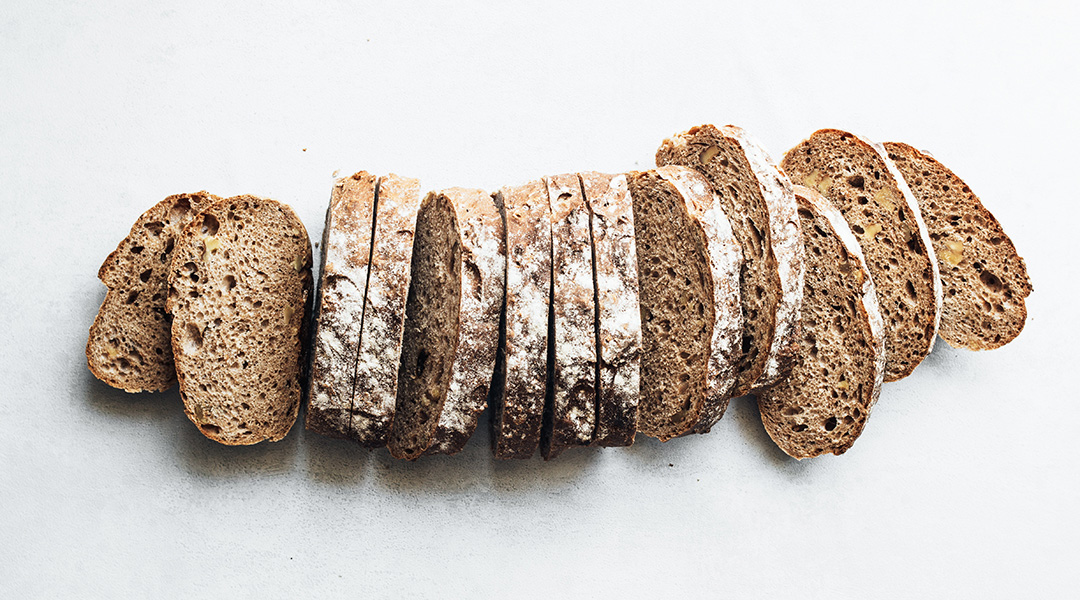
How expectations influence symptoms of gluten sensitivity
The nocebo effect appears to play a role in gluten sensitivity, indicating the brain’s possible involvement in the condition.
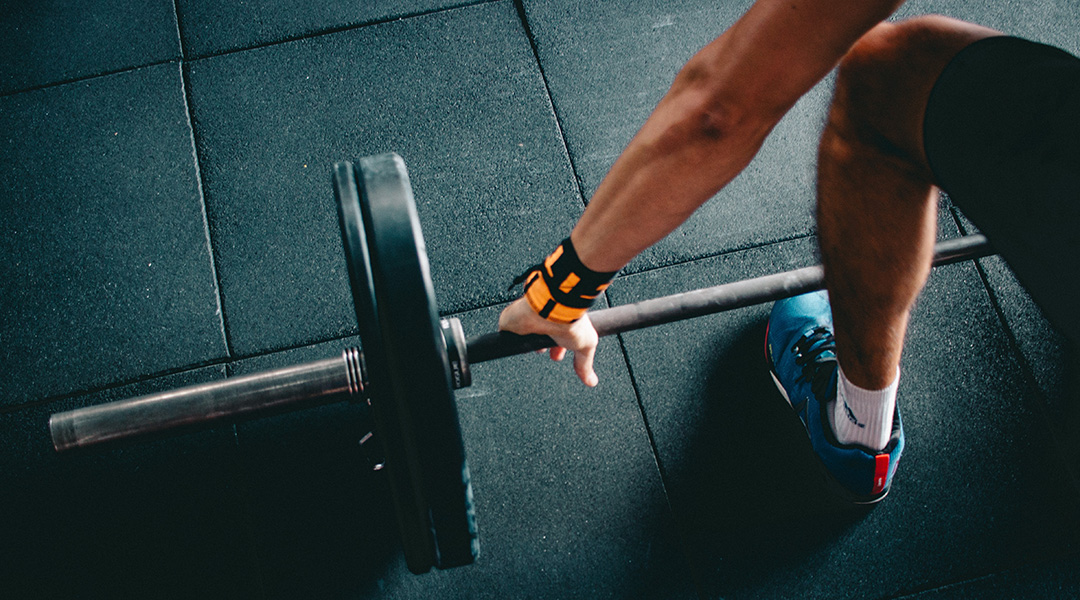
Fitness trackers powered by sweat
The generator harnesses energy from water and is built with a fiberform material derived from the straps of disposable medical masks.

Electrified microneedles get vaccine across the skin for cancer immunotherapy
Microneedle skin patches combined with a safe electrical current help antigens cross the skin to trigger an immune response against tumors.
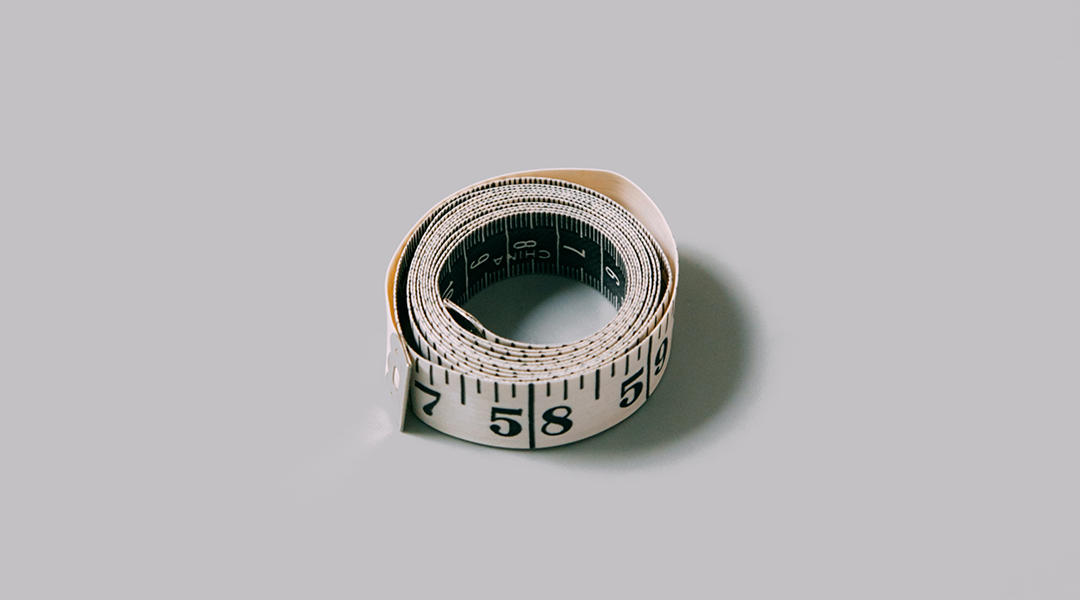
A nanoparticle drug could one day help with weight loss
A nanotherapy could be used as part of a multifaceted strategy for individuals grappling with severe health implications of obesity.

Spinning sound waves that move matter
Using a specialized design approach, scientists create acoustic waves that behave as twisted, ultrasonic motors capable of rotating particles in space.
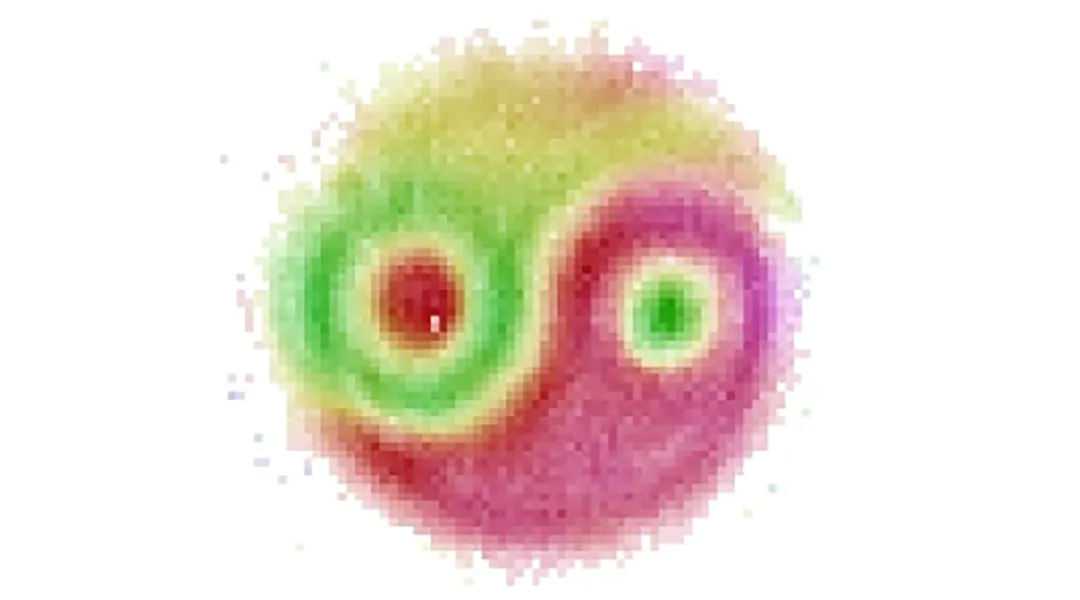
Quantum entanglement visualized for the first time ever
The mysterious phenomenon that Einstein once described as “spooky action at a distance” was seen as a wavefunction between two entangled photons.
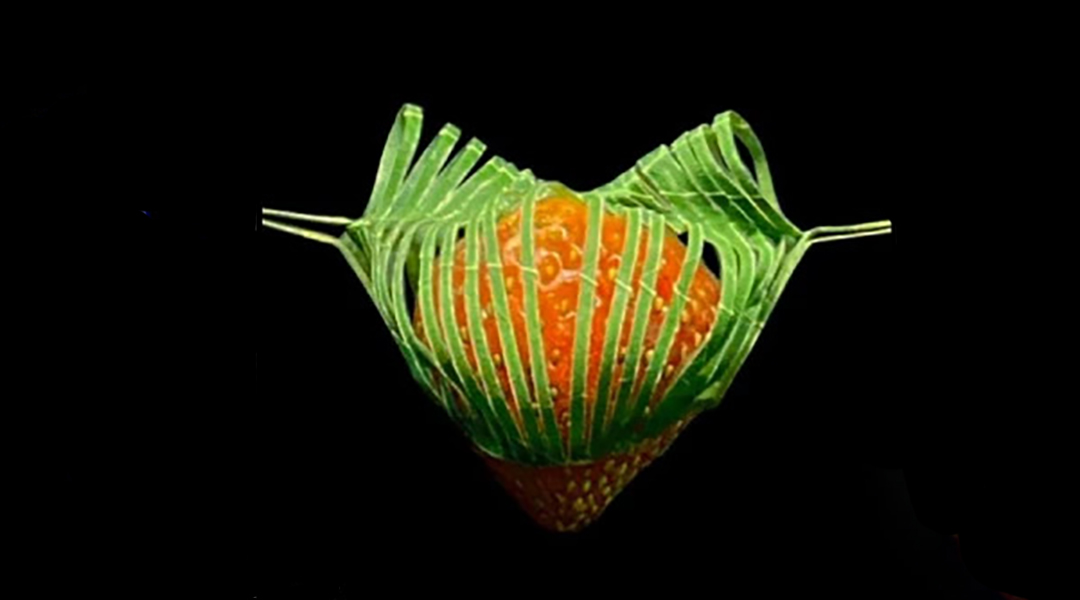
Kirigami-inspired gripper handles drops of water
A kirigami-inspired gripper that can pick up water droplets, microfibers 40 times thinner than a human hair, and objects 16,000 times its own weight.
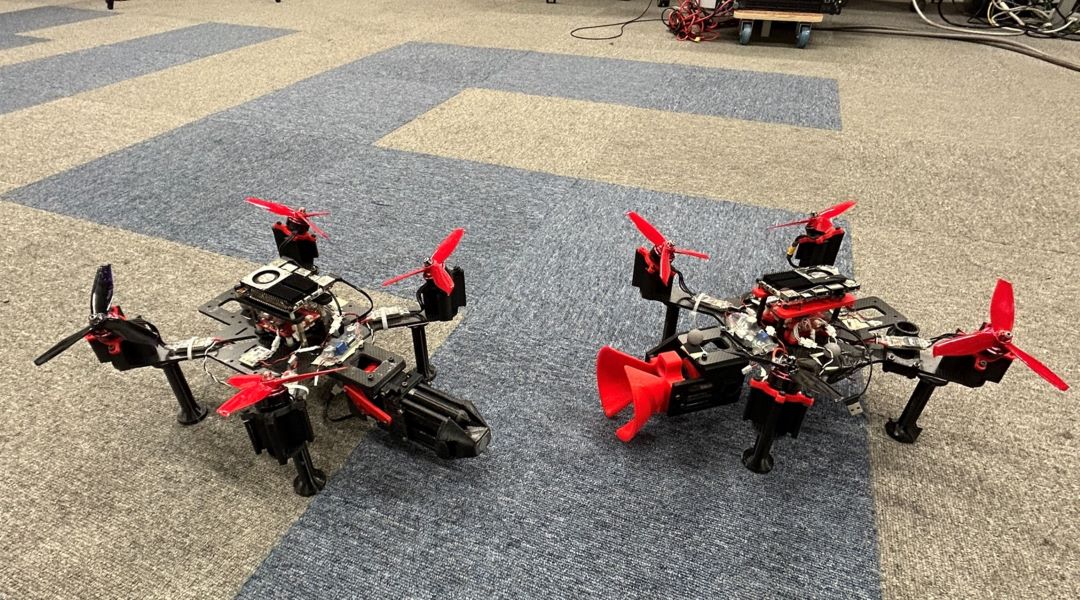
Up in the air: Modular robots assemble mid-flight
It may sound like something straight out of an anime, but TRADY is a rotor-based flying robot that can combine to boost its strength and capabilities.
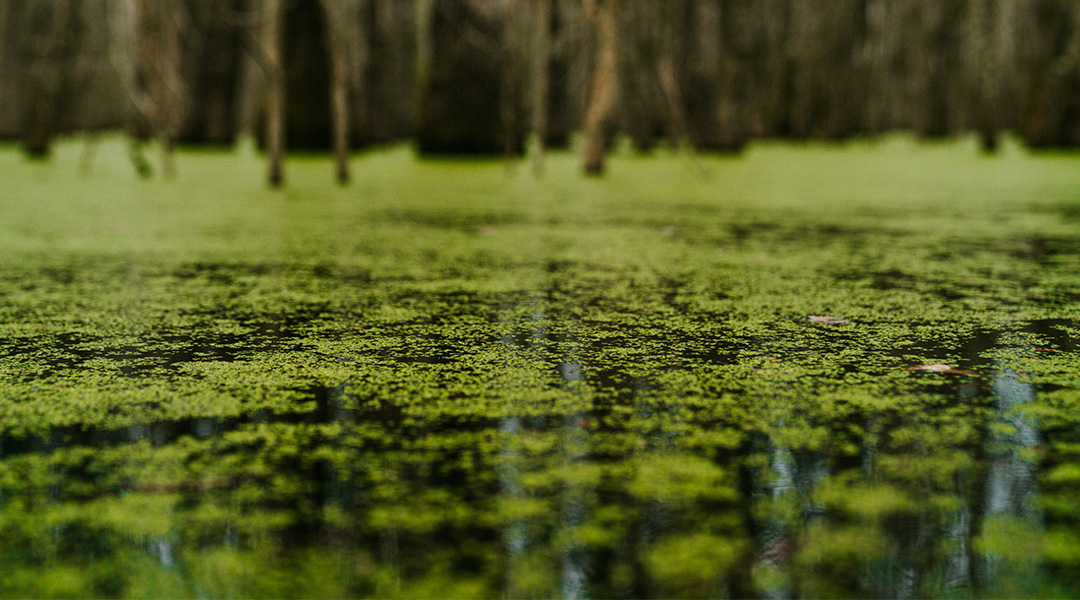
Blue-green algae bind rare earth elements
Biosorption could help in the recycling and reuse of rare earth elements.
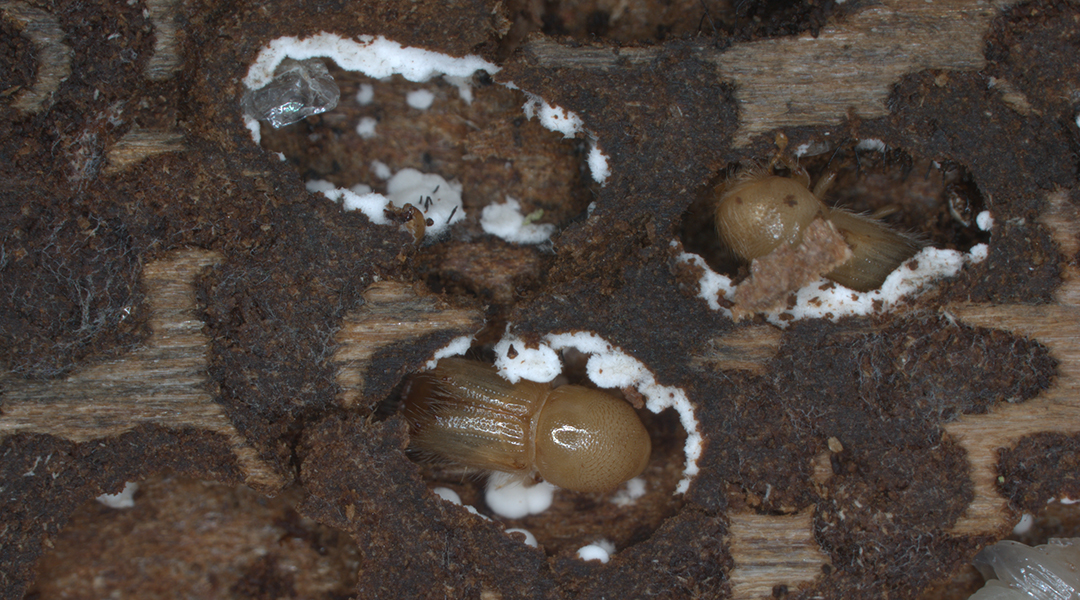
Bark beetles and fungi: A lethal chemical alliance
New study clarifies symbiotic link between bark beetles and fungi in the destruction of coniferous forests.
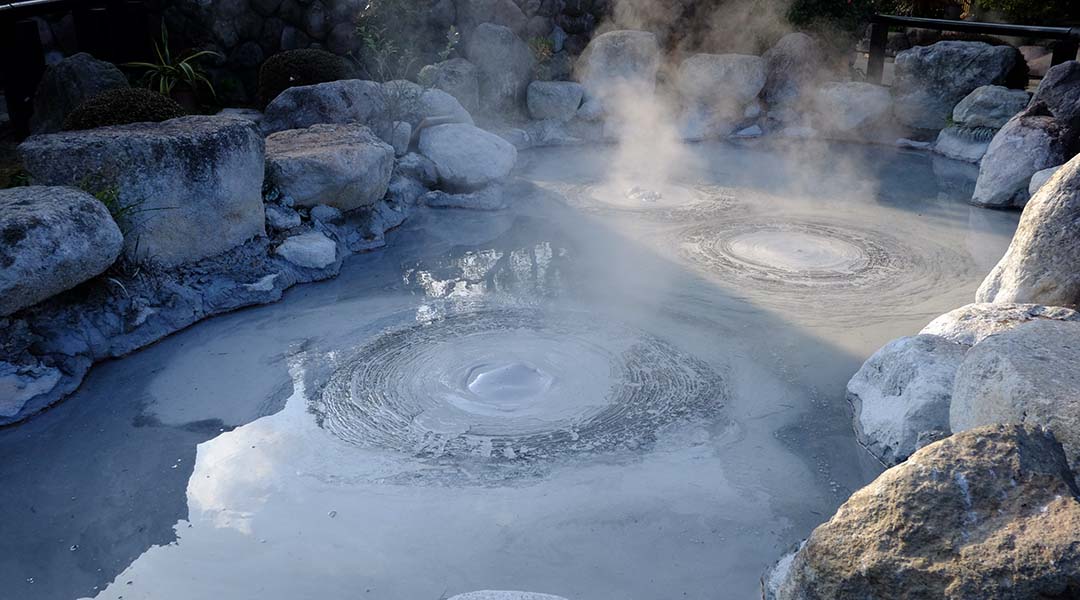
Uncovering hidden reserves of natural hydrogen
Recent discoveries have unearthed a bonanza of natural hydrogen in significantly larger quantities than was previously thought possible.
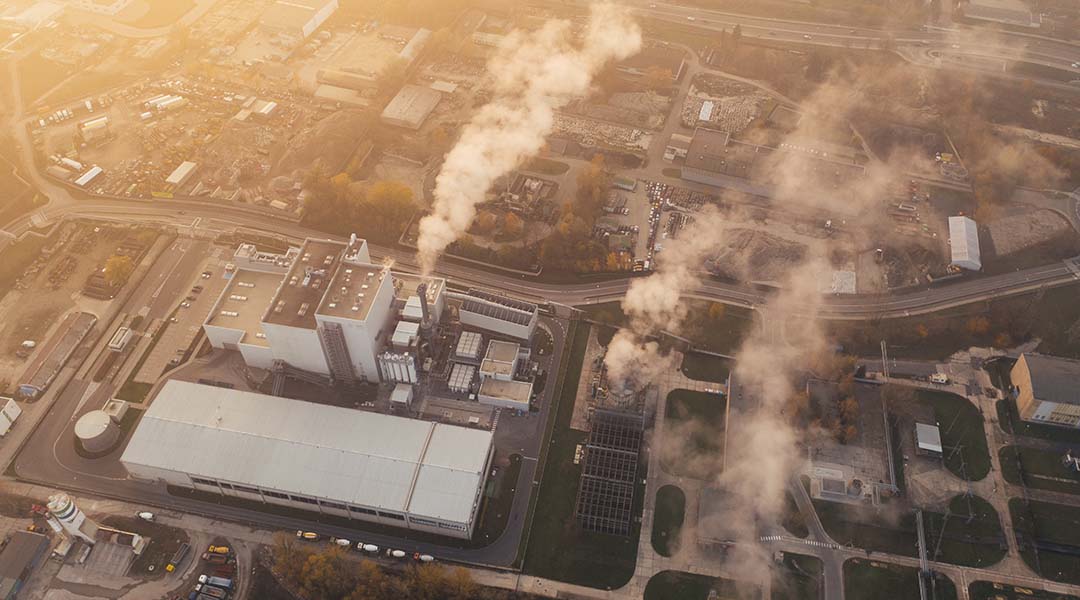
Carbon pricing is not at odds with environmental justice
Carbon pricing has been highly criticized, but designing policies to address concerns can yield outcomes that are effective and equitable.
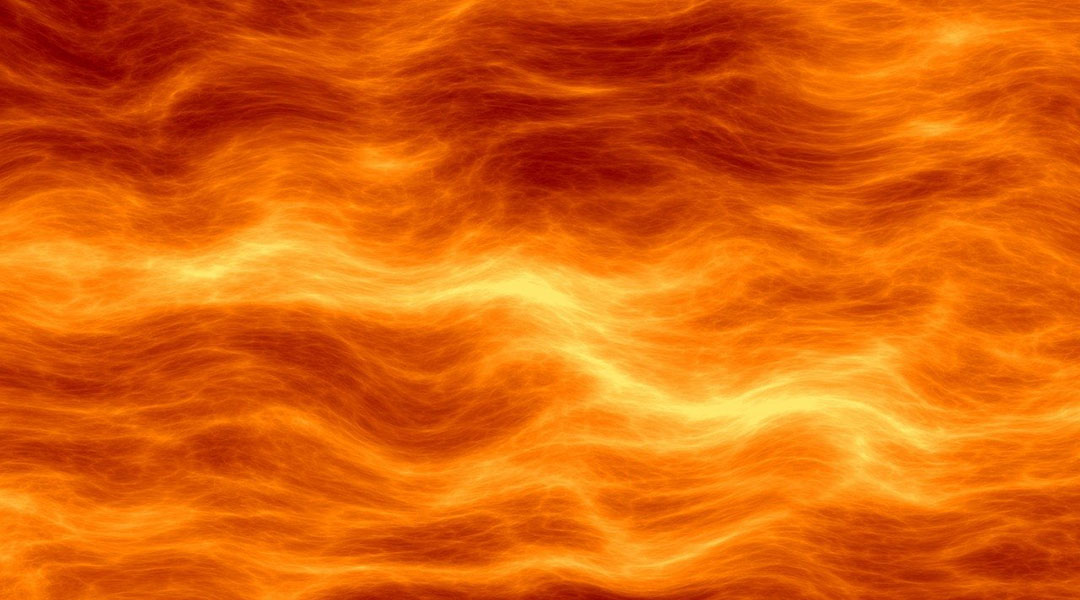
Scientists achieve 100 million degrees Kelvin with new compact fusion reactor
The most compact nuclear fusion reactor built to date could provide a more affordable and sustainable means of future fusion energy.
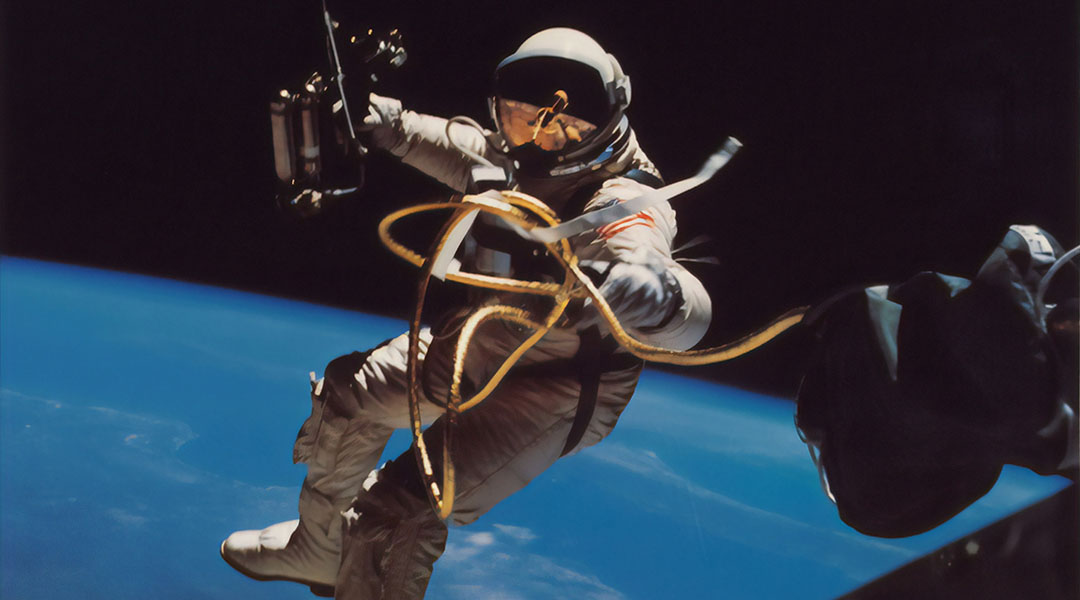
How bioinks could help astronauts survive long space missions
Scientists are exploring how to store and transport ready-to-use bioink cartridges to treat injuries on the International Space Station.
Galactic clusters may be key to testing competing theories of dark matter and dark energy
Scientists propose a modified cosmological model that challenges the existence of dark matter and dark energy.
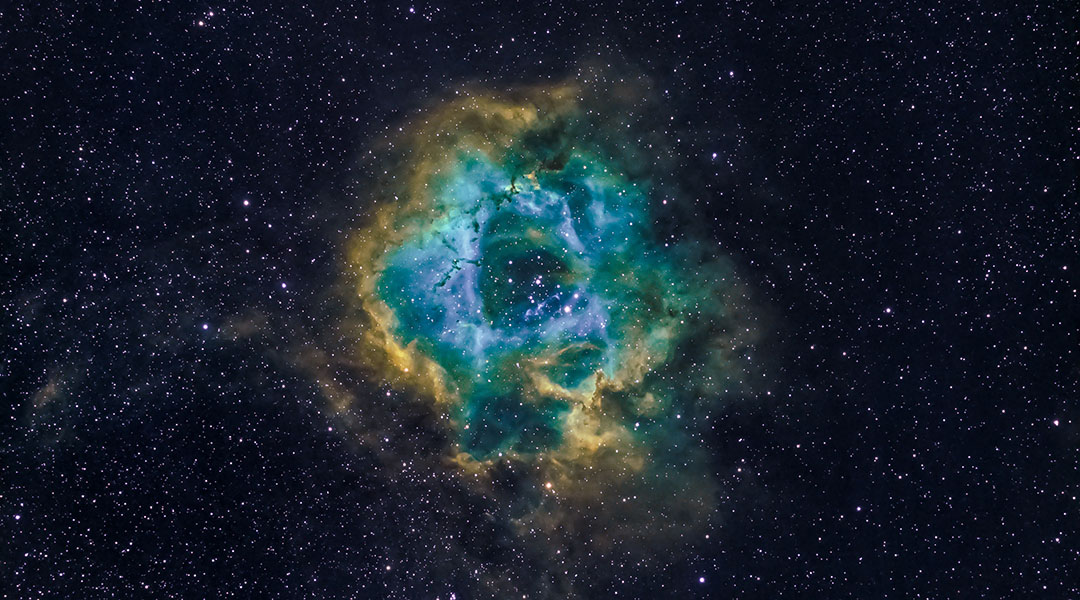
Quantum tunneling may have ruled out a popular theory of dark matter
The composition of dark matter remains a mystery, but a new theory involving quantum tunneling may have eliminated some candidates.



